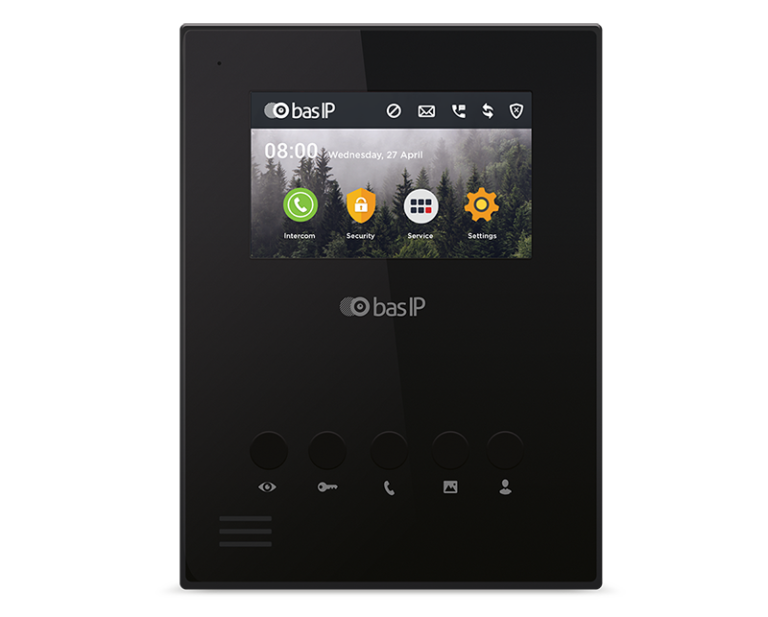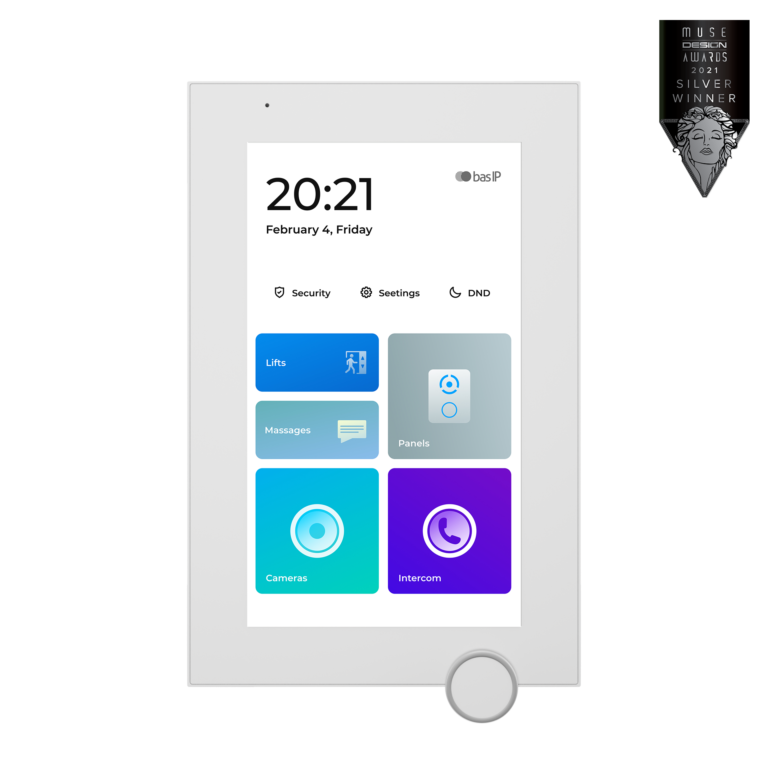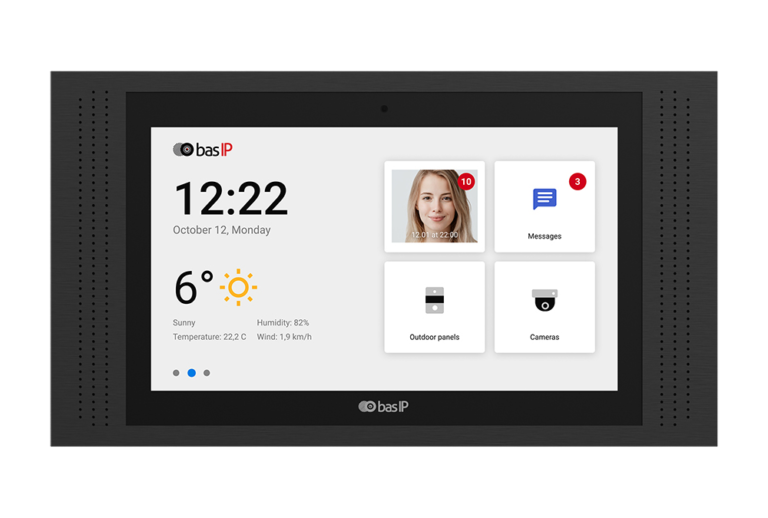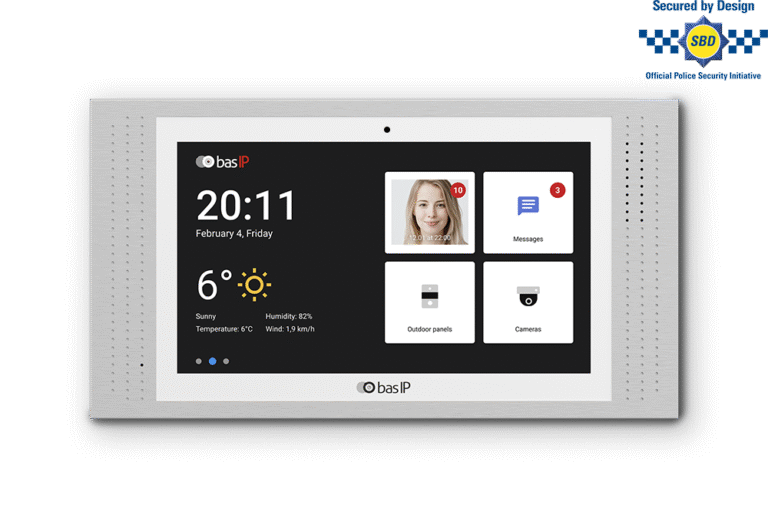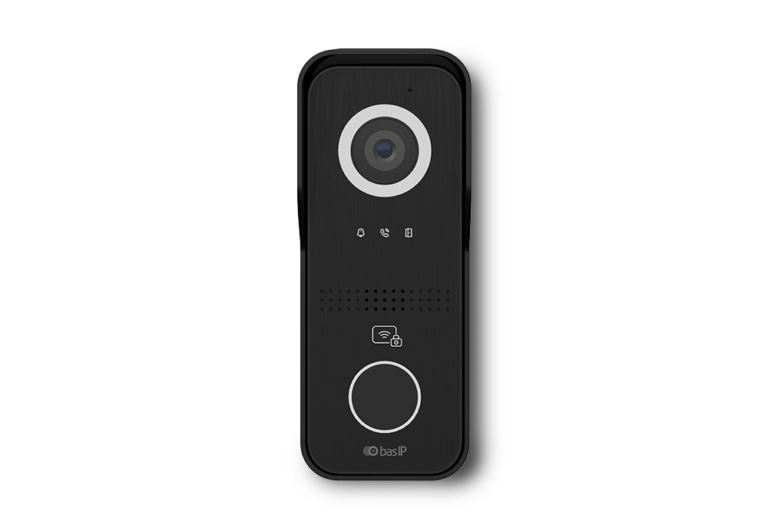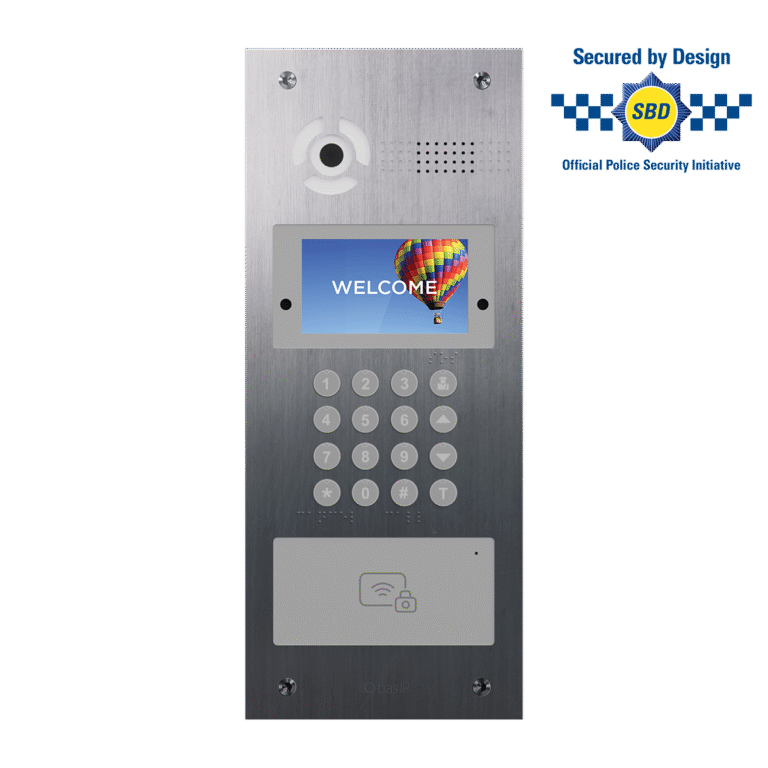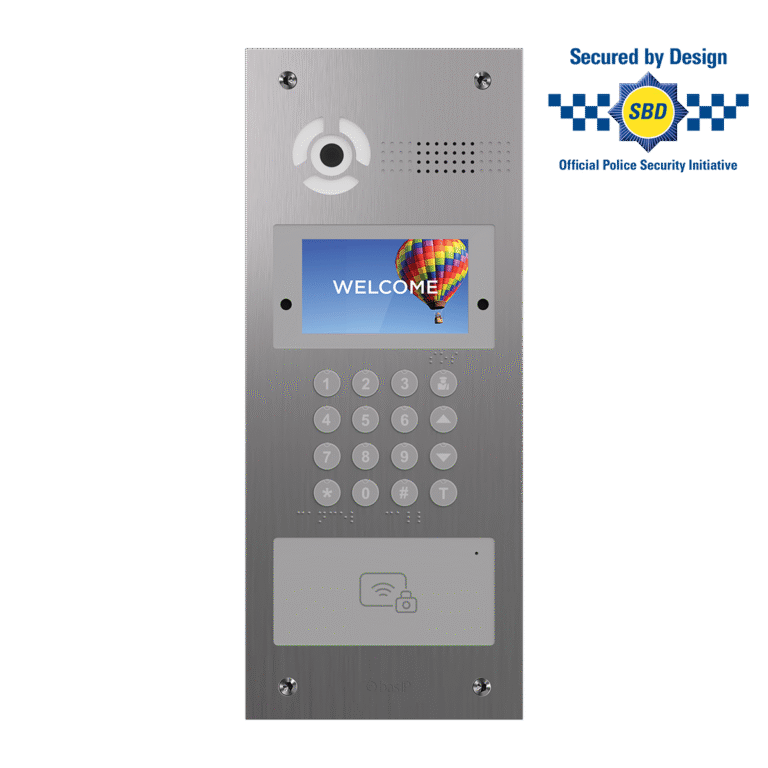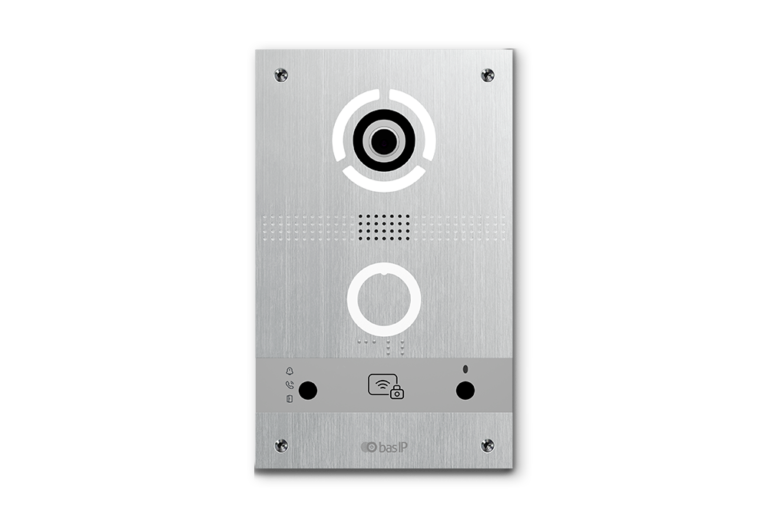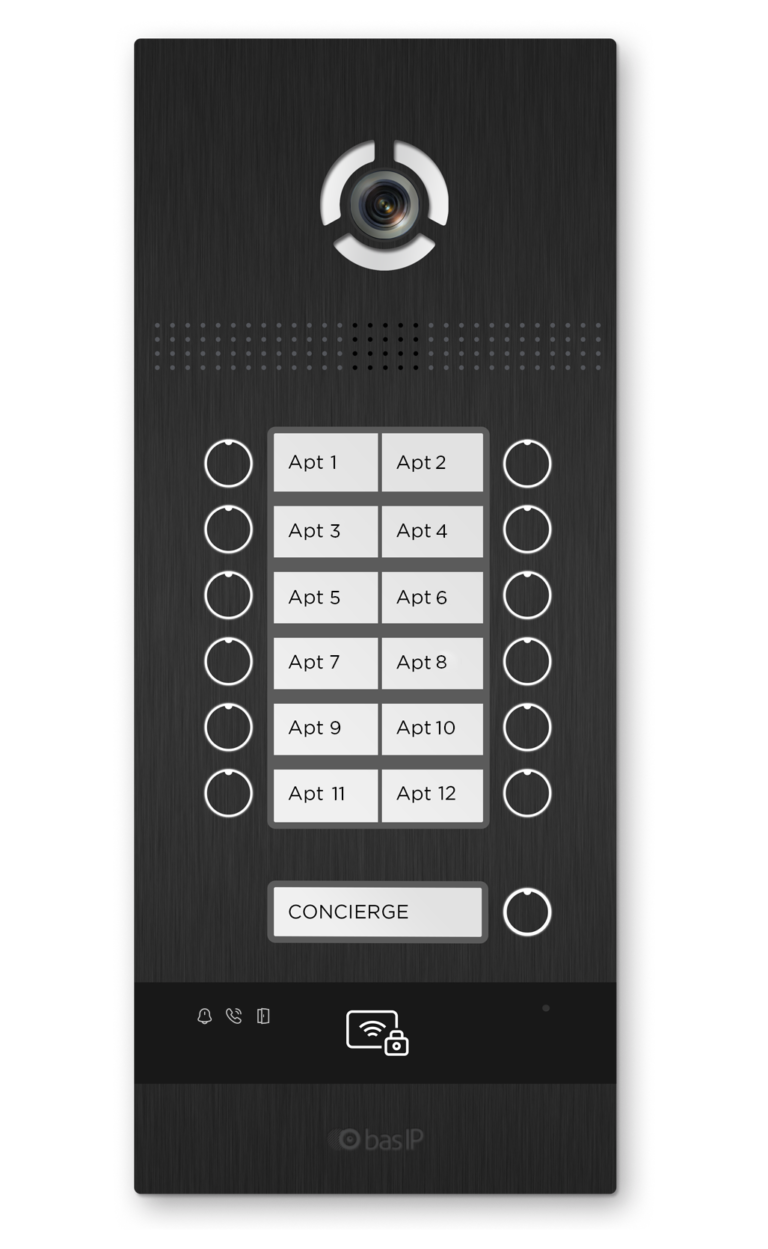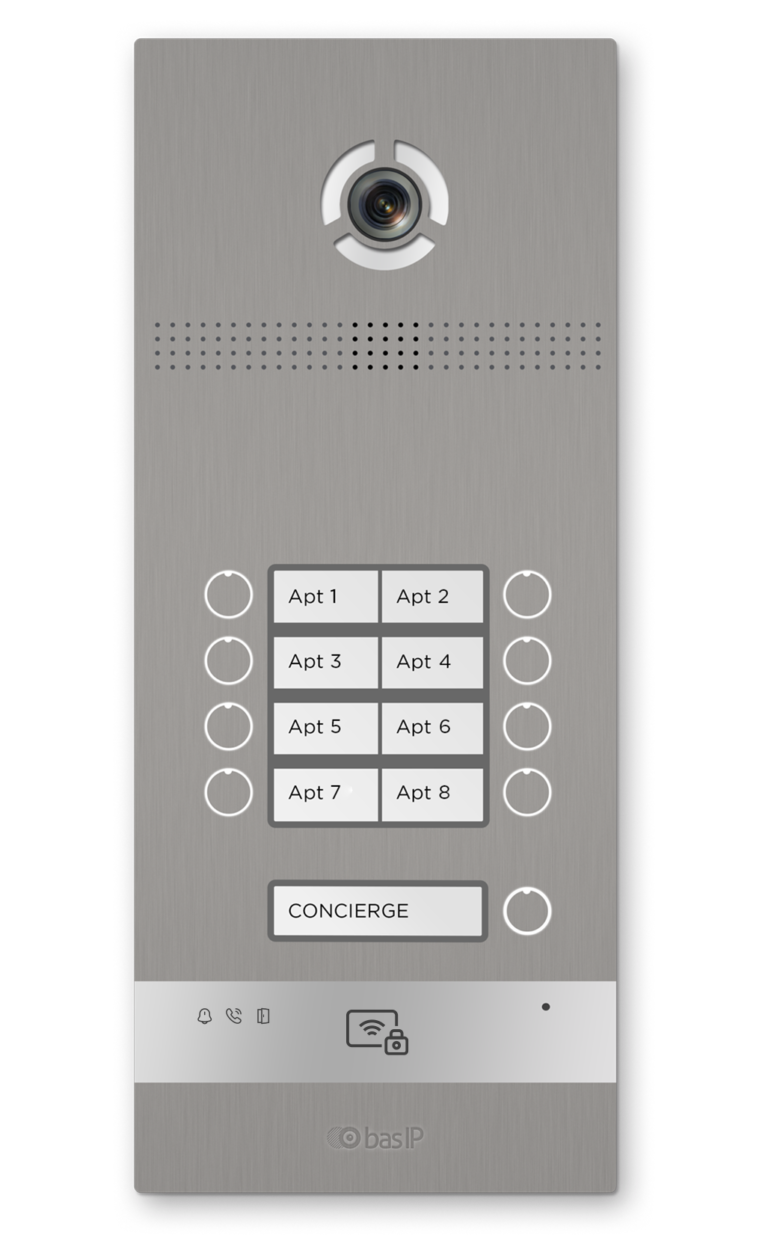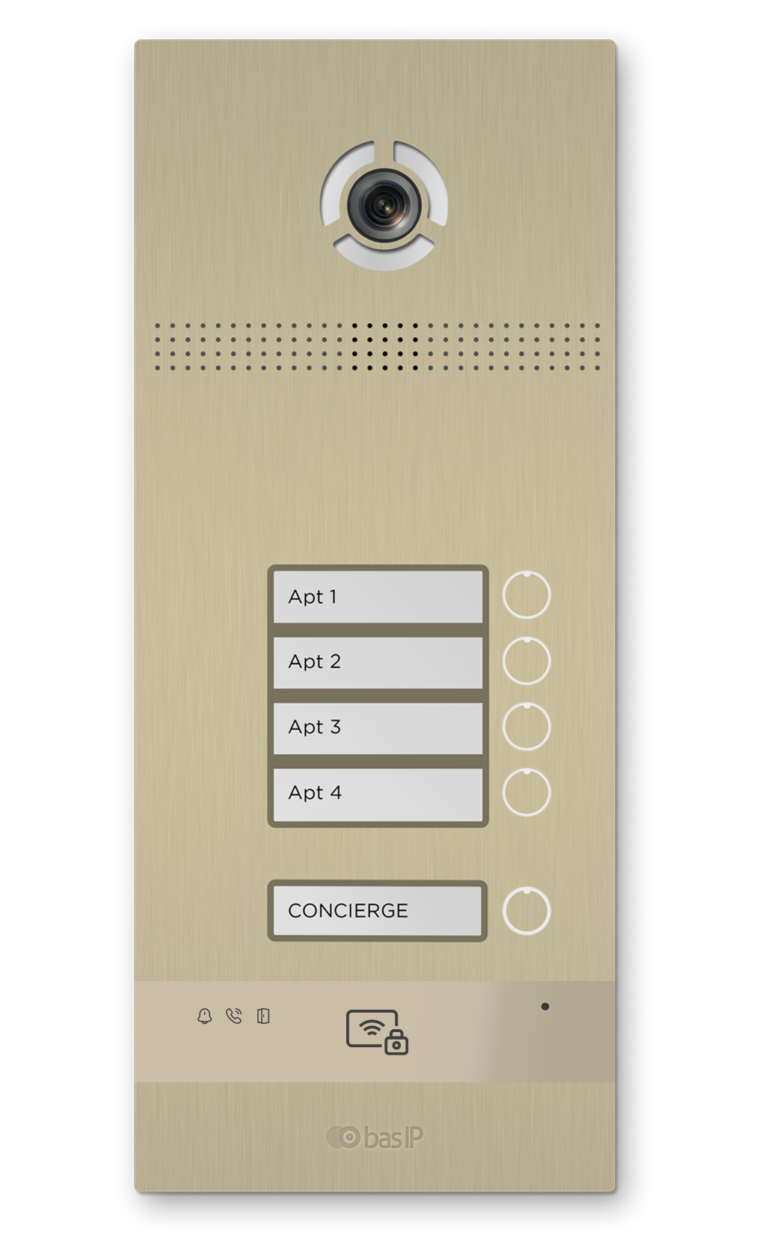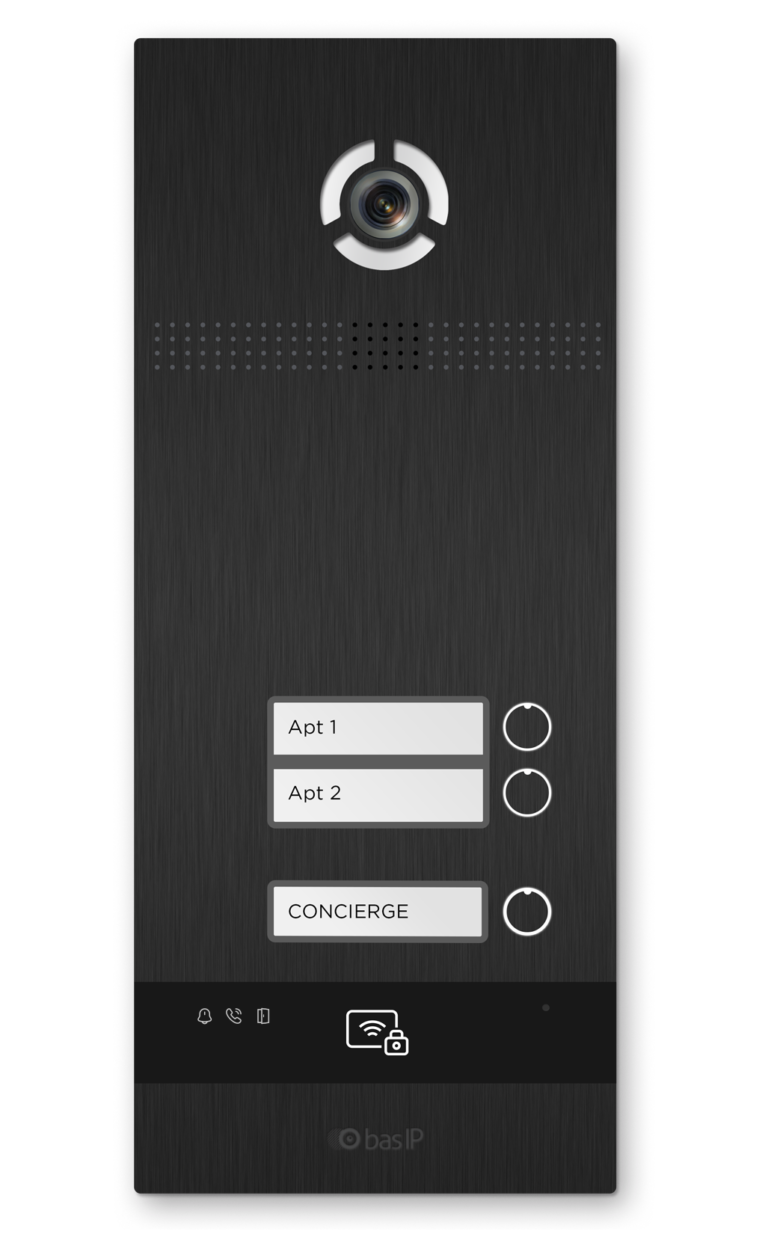Central Intercom System: Backbone of Modern Communication

The way we communicate within our homes and businesses is undergoing a seismic shift. At the heart of this transformation is the central intercom system. This technology, once a simple tool for voice communication, has evolved into a sophisticated system that integrates seamlessly with our digital lives. Let’s delve into the intricacies of this system and explore how BAS-IP is leading the charge in this revolution.
Table of Contents
What is a Central Intercom System?
A central intercom system, often referred to simply as an intercom, is a communication system specifically designed for the purpose of facilitating voice (and often video) communication within a building or a collection of buildings. Unlike telephones that connect people across vast distances, intercoms are used for more localized communication. Here’s a deeper dive into the concept:
Origins and Evolution
The word “intercom” is derived from “intercommunication device.” Initially, intercoms were simple wired systems, allowing voice communication between two fixed points, typically a front door and an internal room. Over time, as technology advanced, these systems evolved, incorporating multiple stations, video capabilities, and even wireless technology.
Components of a Central Intercom System
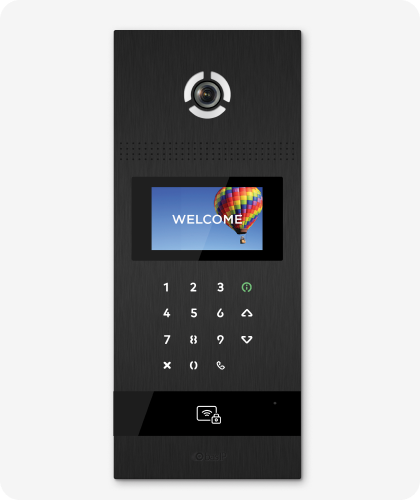
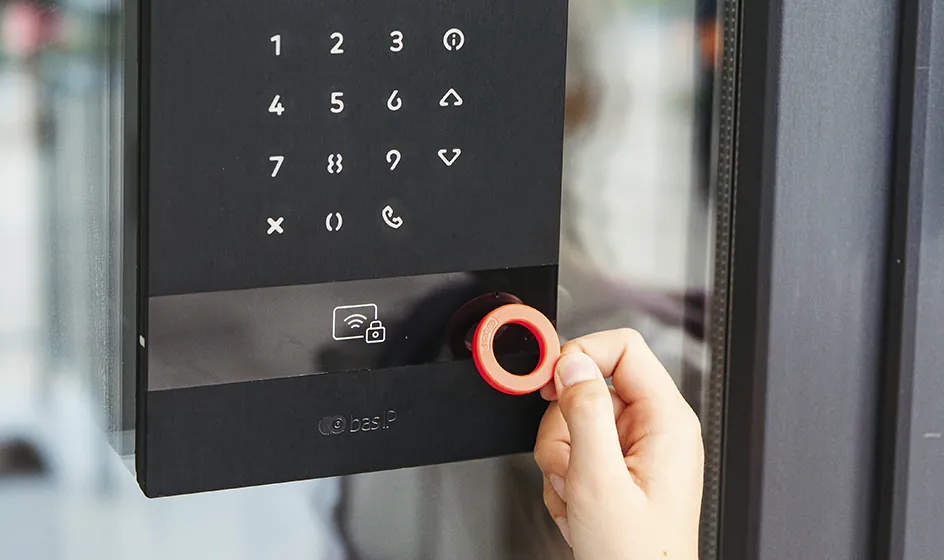
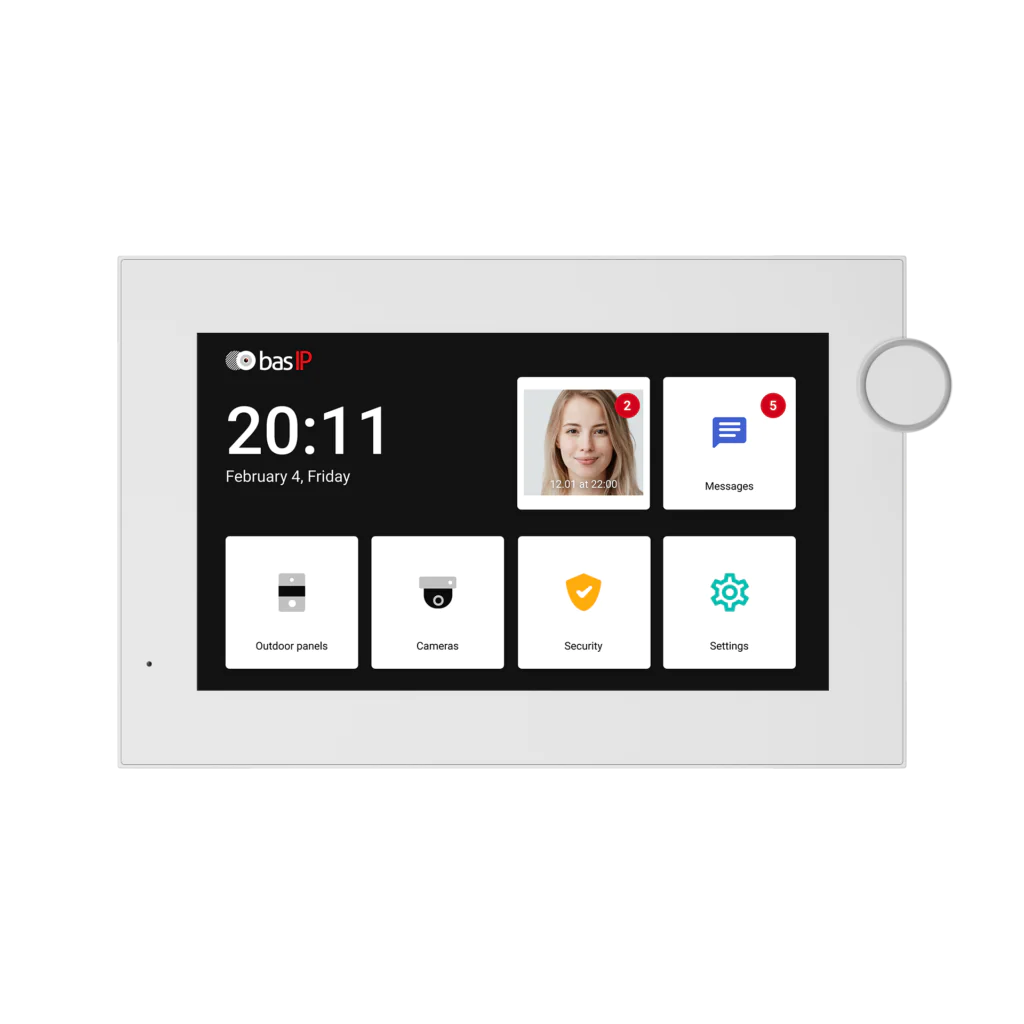
- Master Station: This is the central control unit of the system. It’s the main hub from which signals are sent and received. In larger setups, like in office buildings or schools, the master station can broadcast messages to all other stations.
- Sub-stations (or Door Stations): These are units that can send and/or receive signals to/from the master station. For instance, a door station outside an apartment can be used by a visitor to communicate with the resident inside.
- Power Supply: The system requires power to operate. While traditional systems might be directly wired to the building’s power supply, many modern systems use Power over Ethernet (PoE) solutions.
- Wiring or Wireless Infrastructure: Traditional systems are hardwired, meaning they require physical cables to connect all components. Modern systems, however, can operate wirelessly, using technologies like Wi-Fi or Bluetooth.
- Optional Features: Depending on the complexity and purpose of the system, it might include video cameras, IP relays and so on.
Types of Central Intercom Systems
- Audio Intercoms: These are the most basic form, allowing only voice communication.
- Video Intercoms: These systems incorporate video, allowing users to see who they’re communicating with. They’re especially popular as doorbell systems in residential settings.
- IP Intercoms: These are the latest in intercom technology. They use Internet Protocol (IP) to communicate, allowing for integration with other smart devices, remote access via smartphones, and even global communication if needed.
The Rise of IP Intercom Systems
| Traditional Systems | IP Intercom Systems |
|---|---|
| Limited range | Global connectivity |
| Voice-only communication | Video and voice |
| Standalone systems | Integrated with other digital platforms |
| Manual updates | Automatic, cloud-based updates |
The table above highlights the stark contrast between traditional and IP-based systems. IP intercoms, especially those from industry leaders like BAS-IP, leverage Internet Protocol technology, allowing for global connectivity, video interfacing, and seamless integration with other digital platforms.
Why Choose BAS-IP
BAS-IP has emerged as a notable name, offering a blend of innovation, reliability, and advanced technology. For those considering an upgrade to their communication systems or installing a new one, here’s a comprehensive look at why BAS-IP stands out:
1. Pioneers in IP Intercom Technology
BAS-IP was among the first to recognize the potential of Internet Protocol (IP) in revolutionizing intercom systems. Their commitment to IP technology means that users get a system that is not only modern but also future-proof, ensuring longevity and adaptability.
2. Comprehensive Product Range
BAS-IP offers a diverse range of products tailored to different needs:
- Residential Solutions: From multi-apartment panels to individual video phones, BAS-IP caters to various residential requirements.
- Commercial Solutions: Their products are designed to seamlessly fit into business environments, be it offices, warehouses, or retail spaces.
- Accessories: BAS-IP’s range isn’t just limited to intercoms. They offer a variety of accessories, including additional cameras, card readers, and more, ensuring a holistic solution.
3. Innovative Features
BAS-IP’s systems are packed with cutting-edge features:
- Multi-factor Authentication: Enhancing security by requiring multiple forms of verification.
- Mobile Access: Allowing users to access their intercom systems remotely via smartphones or tablets.
- Advanced Integrations: From temperature control to elevator management and facial recognition, BAS-IP systems offer a plethora of integrations that go beyond basic communication.
4. Global Presence and Reliability
Established in 2008, BAS-IP has expanded its footprint to over 60 countries. This global presence is a testament to the brand’s reliability and the trust it has garnered over the years.
5. Award-winning Designs
BAS-IP isn’t just about functionality; it’s also about aesthetics. Their products have received accolades like the Red Dot Best of the Best and the European Design Award, indicating a perfect blend of form and function.
6. Seamless Integration
One of the standout features of BAS-IP is its ability to integrate with other platforms and systems. Whether it’s Kone, Control4, or Genetec, users can expect a hassle-free integration experience with your home automation system, security setup, or any other platform.
7. Commitment to Customer Satisfaction
BAS-IP places a strong emphasis on customer satisfaction. Their products come with robust support, ensuring that any issues or queries are addressed promptly. Furthermore, their global network of distributors and partners ensures that help is always within reach.
8. Continuous Research and Development
The world of technology is ever-evolving, and BAS-IP is committed to staying at the forefront. Their continuous investment in research and development ensures that their products are always equipped with the latest features and advancements.
The Future of Central Intercom Systems
Central intercom systems, once a staple of office buildings and upscale residences, have undergone significant transformations over the past few decades. With the rapid pace of technological advancements, the future of these systems promises even more innovation, integration, and intelligence. Let’s explore the potential trajectory of central intercom systems in the coming years.
1. Integration with Smart Home Ecosystems
As homes become smarter, central intercom systems will seamlessly integrate with other smart devices. This means your intercom could potentially communicate with your smart thermostat, security cameras, lighting systems, and even kitchen appliances. Imagine being notified on your intercom screen when your oven has preheated or when your laundry is done!
2. Advanced AI Capabilities
The integration of Artificial Intelligence (AI) will make intercom systems more intuitive and user-friendly. Features could include:
- Voice Recognition: Systems could recognize individual users by their voice, customizing responses and actions accordingly.
- Predictive Actions: Based on usage patterns, the system might predict and execute actions. For instance, if you typically call a specific room at a certain time, the system might suggest or auto-dial that connection.
3. Enhanced Security Features
Security remains a primary function of intercom systems. Future systems will likely incorporate:
- Facial Recognition: Allowing or denying access based on facial scans.
- Biometric Verification: Beyond facial recognition, other biometric verifications like fingerprint or retina scans could be integrated.
- Real-time Threat Analysis: Using AI, the system could potentially detect suspicious behavior or unauthorized access attempts and alert homeowners or security personnel.
4. Augmented Reality (AR) and Virtual Reality (VR) Integration
While this might sound like science fiction, the integration of AR and VR into intercom systems isn’t far-fetched. This could allow for immersive communication experiences, especially in commercial settings. For instance, virtual meetings could be conducted with participants feeling like they’re in the same room.
5. Global Connectivity with IP Technology
The shift to IP-based systems will continue, allowing users to connect with their intercom systems from anywhere in the world. This global connectivity will be especially useful for those managing multiple properties or businesses.
6. Environmentally Conscious Features
As sustainability becomes a global priority, future intercom systems will incorporate eco-friendly features. This could include energy-saving modes, solar-powered units, or integration with other green home systems to optimize energy consumption.
7. Health Integrations
In light of global health concerns, intercom systems might integrate health monitoring features. For instance, thermal cameras could detect elevated body temperatures of visitors, or air quality sensors could provide updates on indoor air conditions.
Conclusion
The central intercom system has come a long way from its humble beginnings. With companies like BAS-IP at the helm, the future looks promising. As we move towards a more connected world, the role of these systems in our homes and businesses will only become more pivotal.

